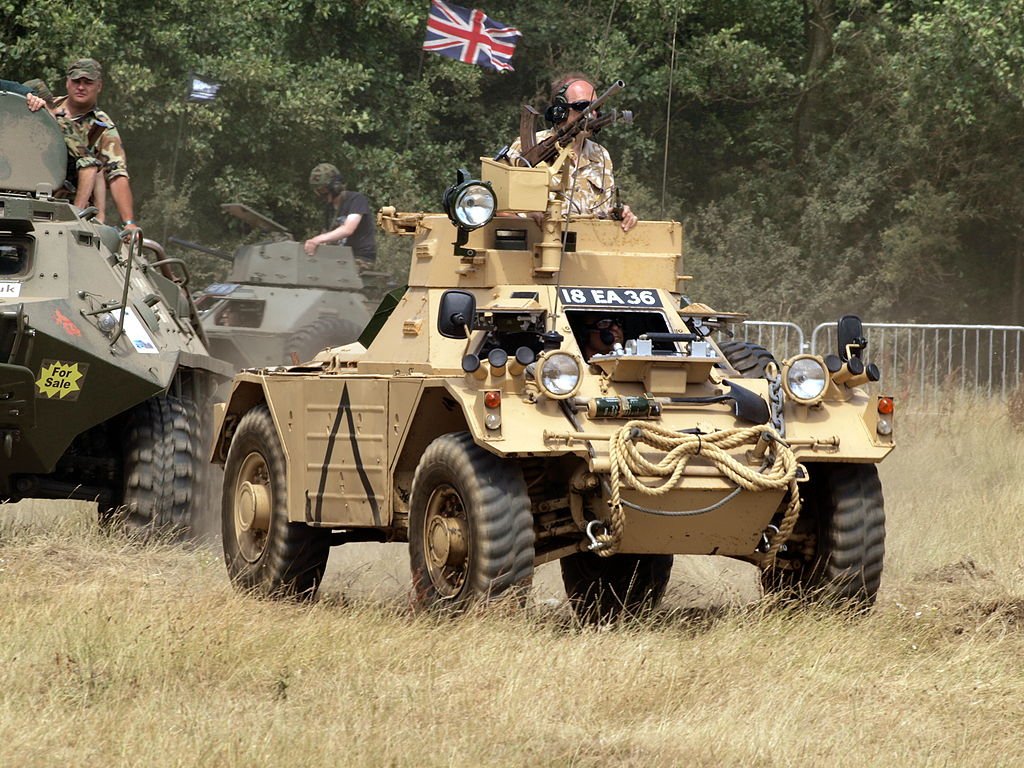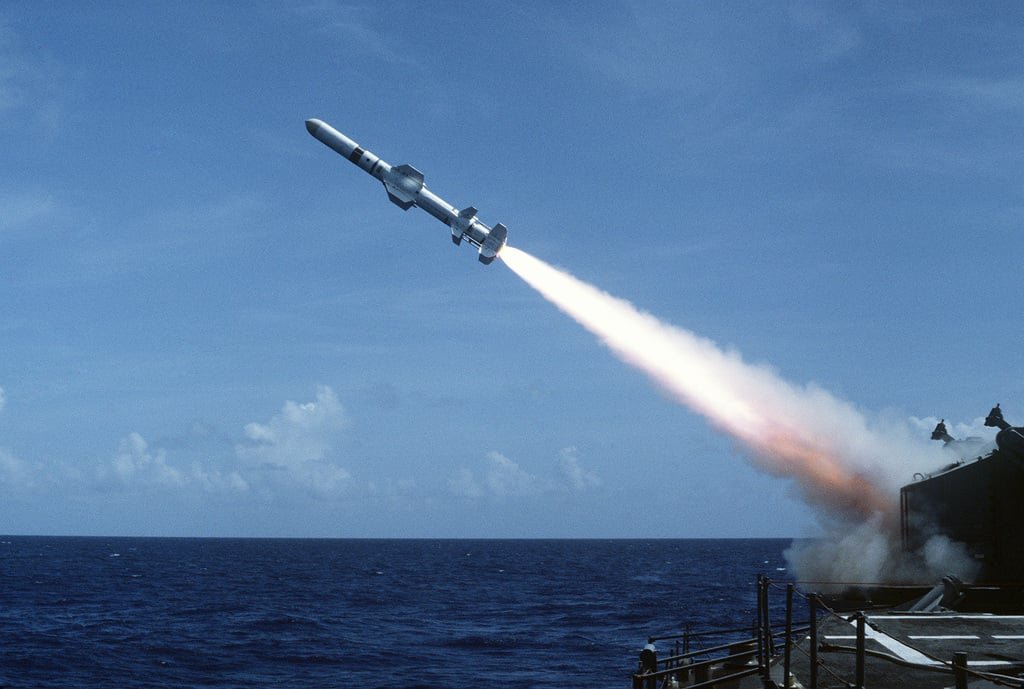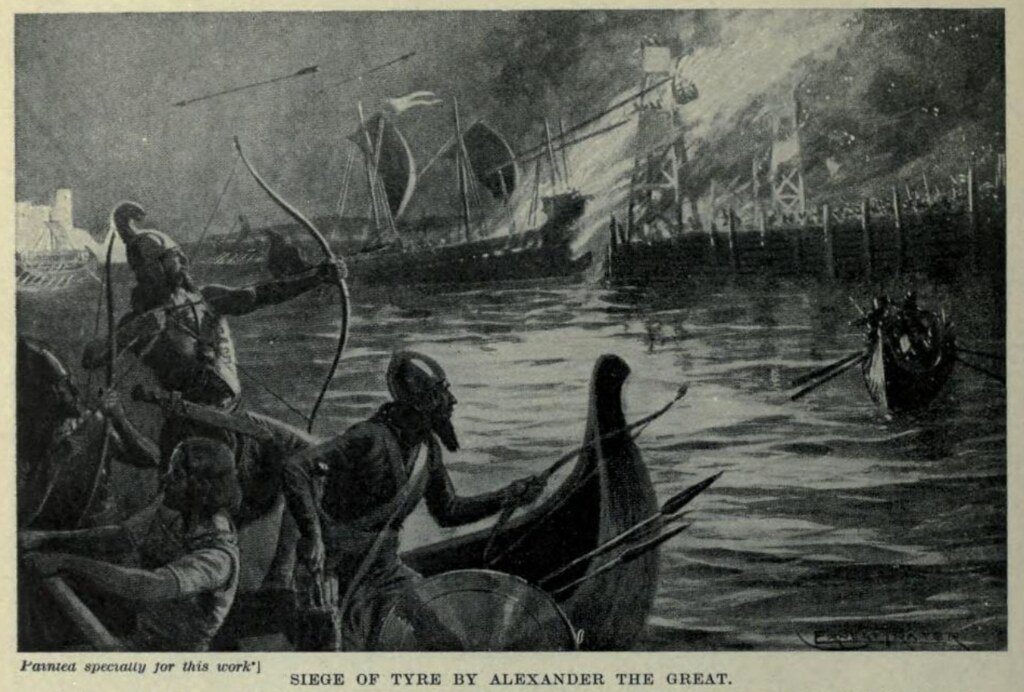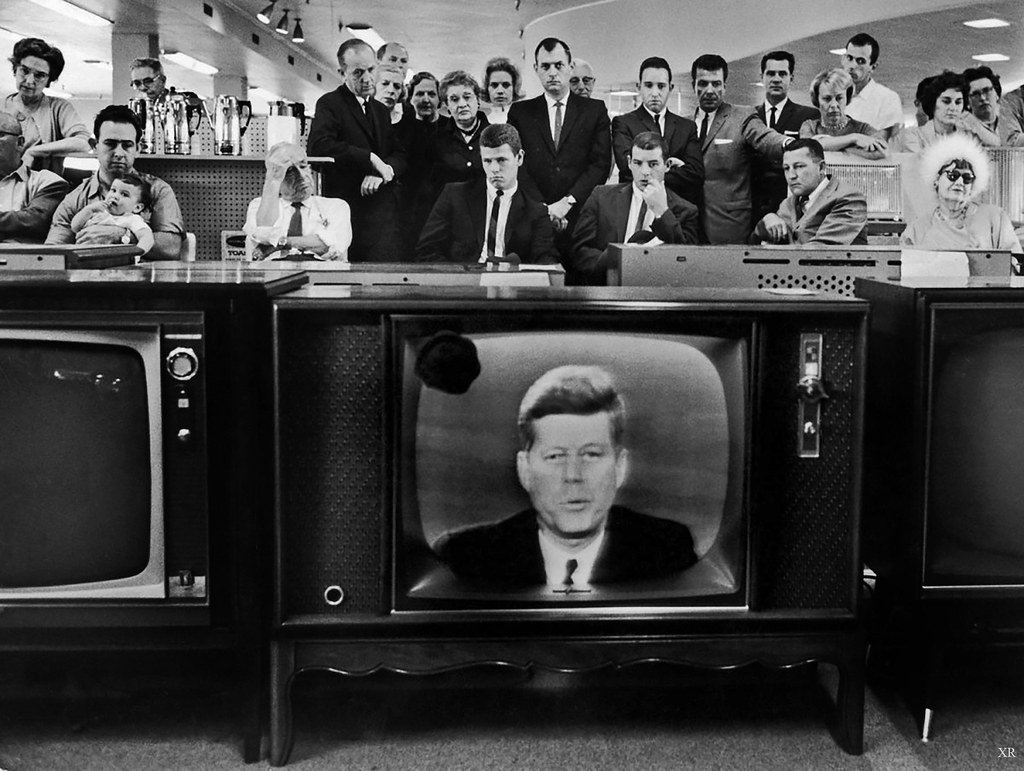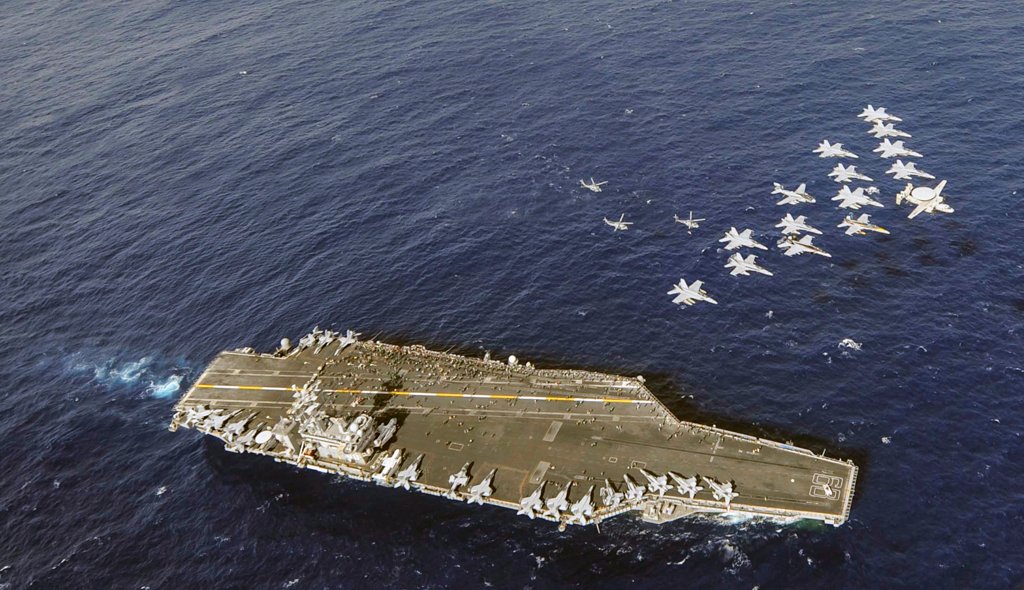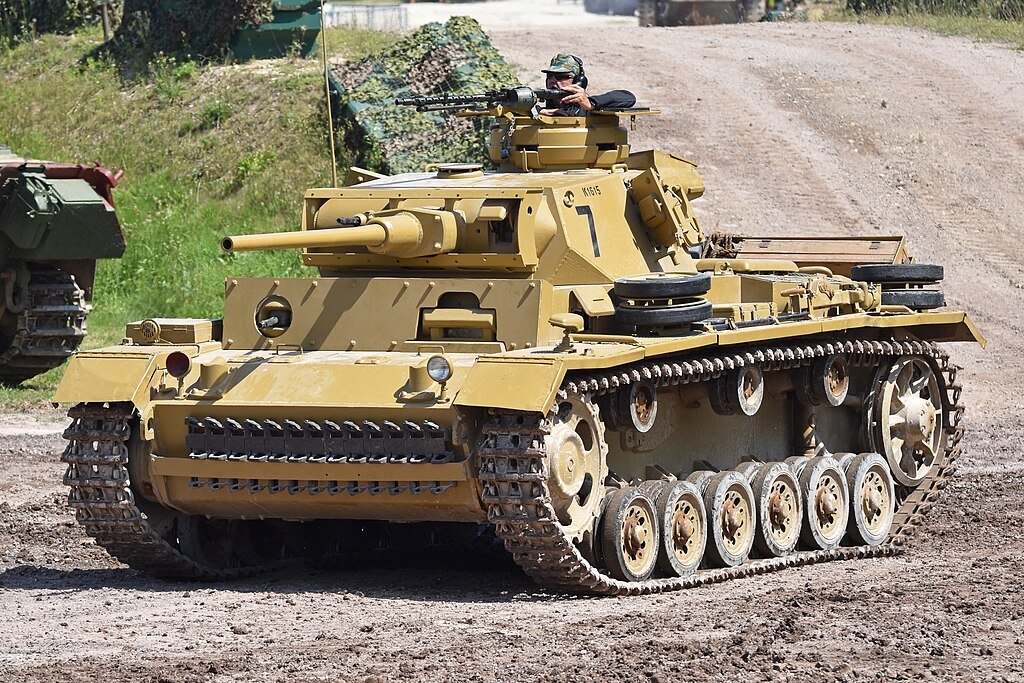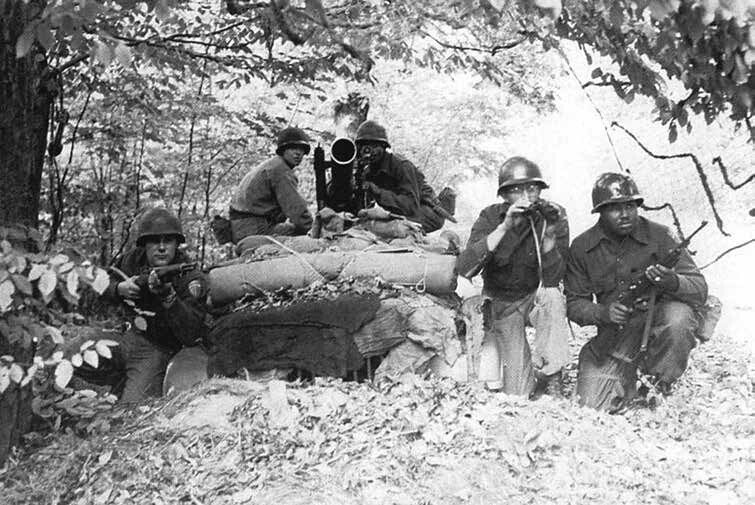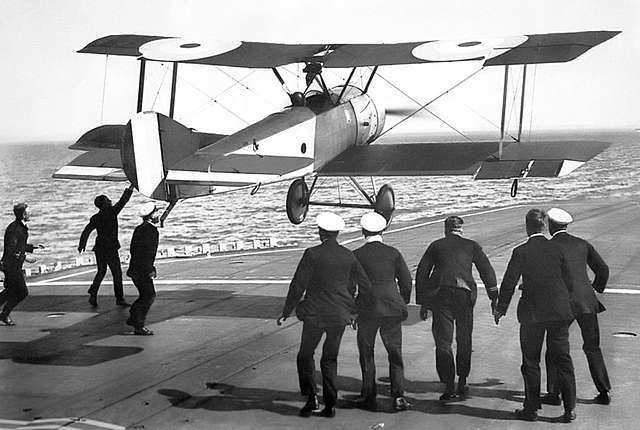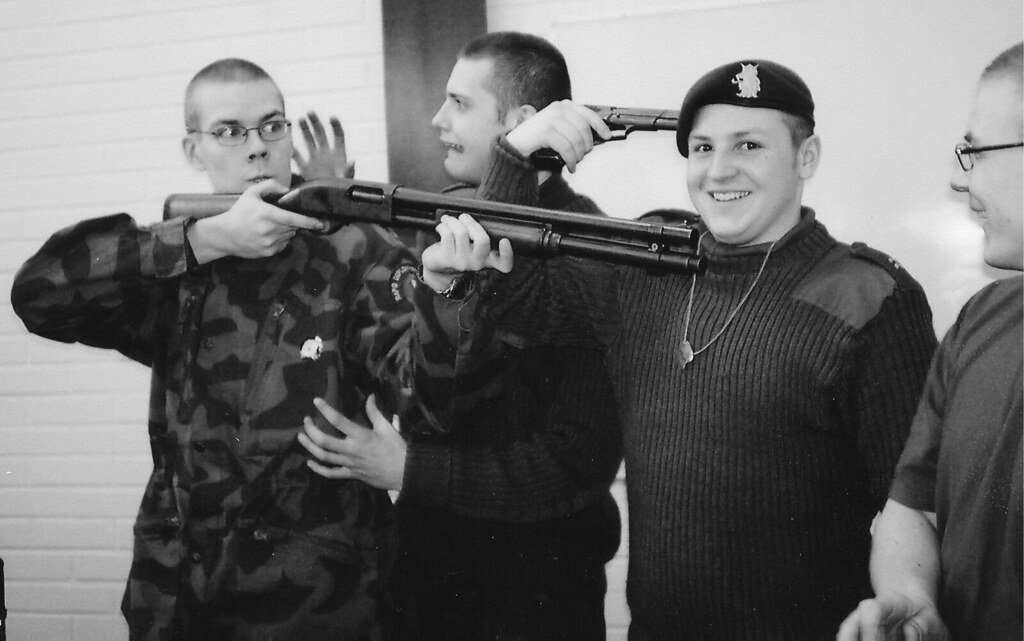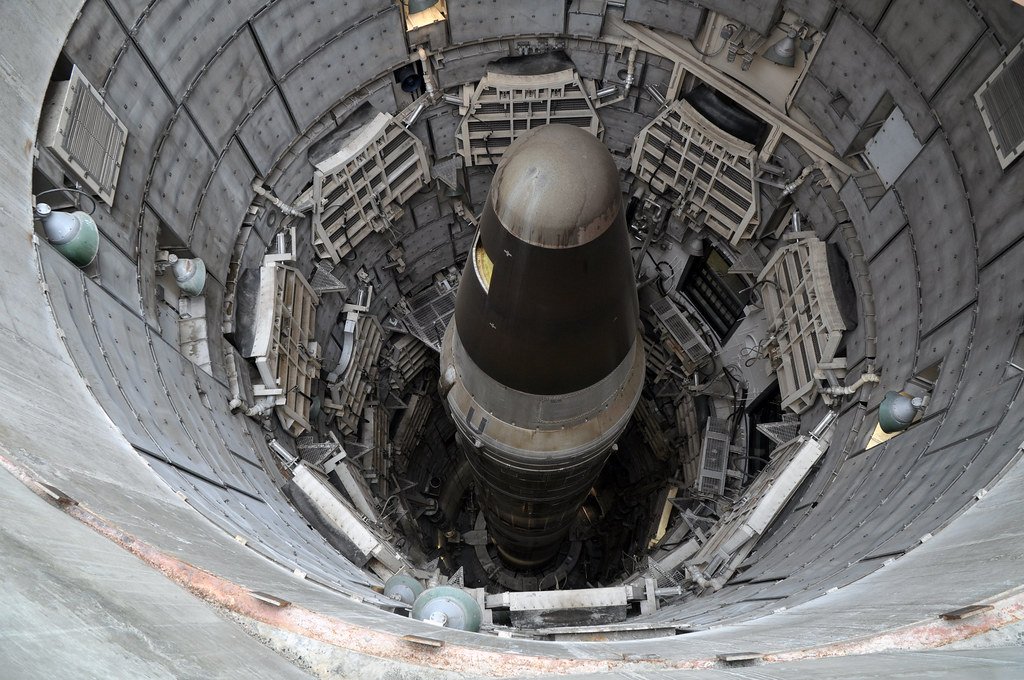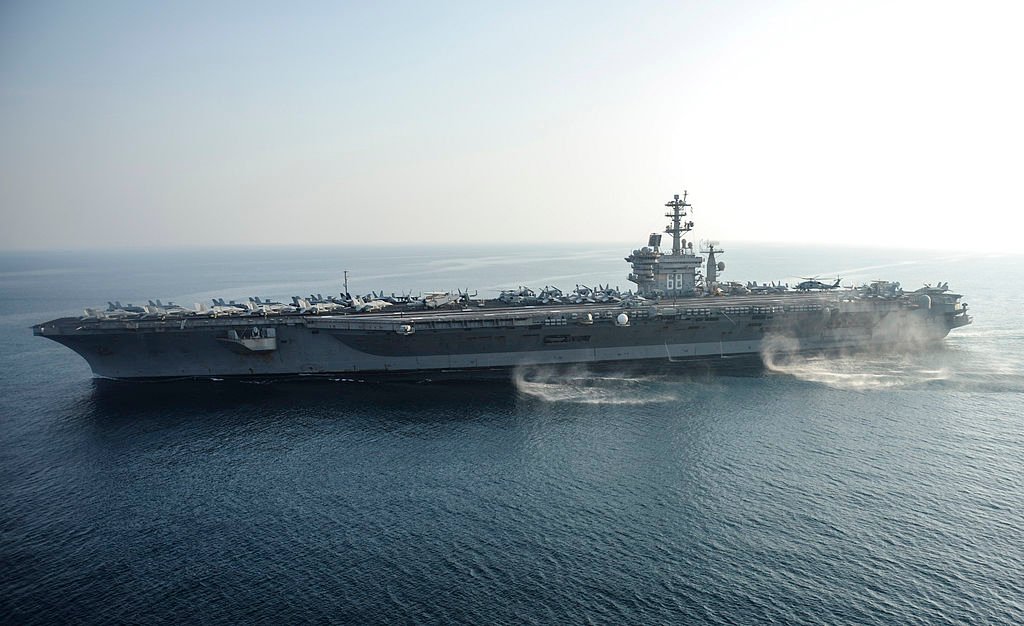The advent of Panzer tanks stands as a testament to the evolution of mechanized warfare, notably catalyzed by the aftermath of World War I. Emerging from the ashes of this global conflict, the interwar period saw pivotal advancements in military technology, culminating in the birth of the Panzer I and Panzer II tanks. These early forays into armored warfare signified a radical departure from traditional battlefield strategies, introducing a new era of mechanized combat.
In the aftermath of World War I, the Treaty of Versailles imposed stringent limitations on Germany’s military capabilities. Nevertheless, covert efforts persisted within Germany to explore and develop armored vehicles, paving the way for the inception of the Panzer tanks. The Panzer I, initially conceived as a training vehicle, evolved into a light tank armed with machine guns, embodying Germany’s initial steps towards armored warfare capabilities. Its counterpart, the Panzer II, introduced more refined features, including a more potent armament with a 20mm cannon, enhancing the German military’s armored fleet.
These developments in armored technology heralded a paradigm shift in military tactics and strategy. The agility and firepower exhibited by the Panzer I and II tanks redefined the concept of warfare, laying the groundwork for the Blitzkrieg tactics that would later become synonymous with German military success in World War II.
Table of Contents
The progression from World War I’s trench warfare to the mechanized blitz of World War II owes much to the innovation and deployment of these early Panzer tanks. Their evolution not only transformed the battlefield but also shaped the trajectory of modern warfare, showcasing the pivotal role of technology and innovation in redefining the dynamics of armed conflict.
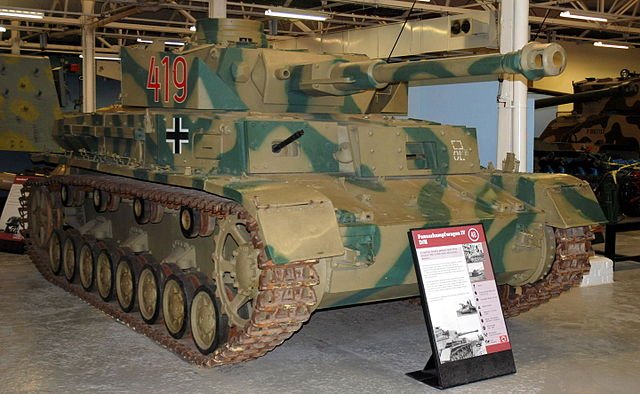
Why is the panzer so famous?
The fame of the Panzer tanks stems from their pivotal role in revolutionizing armored warfare during World War II. Renowned for their technological advancements, strategic impact, and influence on military tactics, Panzer tanks became iconic symbols of German military might.
Their fame is attributed to several factors:
Innovative Design
Panzer tanks were at the forefront of technological innovation. They boasted a combination of mobility, firepower, and armor that outmatched many contemporary tanks. The introduction of tanks like the Panther and Tiger series showcased superior firepower and robust armor, intimidating adversaries.
Blitzkrieg Tactics
The successful implementation of Blitzkrieg tactics, emphasizing rapid and coordinated attacks using Panzer divisions, showcased the effectiveness of these tanks. Their speed and maneuverability, combined with close air support and infantry, allowed for swift victories and territorial gains.
Symbol of German Military Prowess
The Panzer tanks symbolized the German military’s prowess and strategic superiority, especially during the early stages of World War II. They instilled fear among adversaries due to their reputation for strength and technological advancement.
Historical Impact
Their role in major battles and campaigns, including the invasions of Poland, France, and the Eastern Front, solidified the Panzer tanks’ historical significance. They became synonymous with Germany’s military strategy and dominance on the battlefield.
Overall, the fame of Panzer tanks rests on their innovative design, pivotal role in shaping military strategy, and their historical impact, solidifying their place in the annals of warfare as formidable machines that altered the course of history.
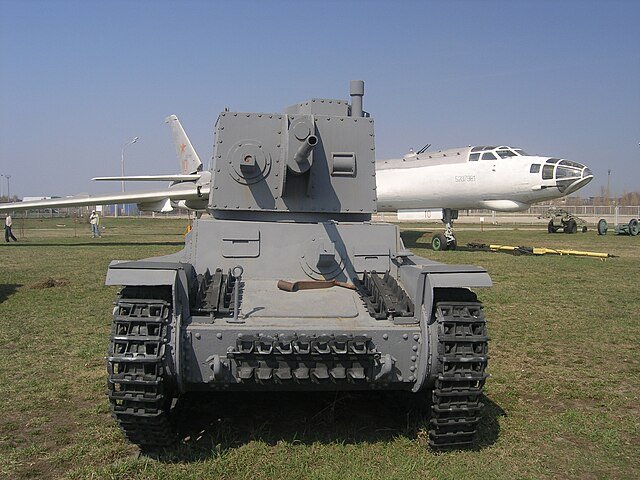
What was the 1st panzer tank?
The first tank that laid the groundwork for the German Panzer series was the Panzer I. Developed in the early 1930s, the Panzer I was initially designed as a training vehicle rather than a combat tank due to the restrictions imposed on Germany’s military by the Treaty of Versailles following World War I. The Treaty limited the size and capabilities of Germany’s armed forces, leading to the development of the Panzer I as a light tank meant for training purposes.
Armed with machine guns and featuring relatively thin armor, the Panzer I was lightly built and had limited combat capabilities compared to later tanks. It had a crew of two or three and a top speed of around 25 miles per hour. While it lacked the firepower and armor to engage in heavy combat effectively, the Panzer I played a crucial role in the development and training of Germany’s armored forces.
Despite its original purpose as a training vehicle, the Panzer I was eventually pressed into combat during the early stages of World War II, especially during the invasions of Poland and France. However, its limitations became apparent, prompting the development of more advanced and potent tank models like the Panzer II and subsequent variations that became the backbone of the German Panzer divisions throughout World War II.
Panzer Tanks History
Panzer tanks, often associated with the German military during World War II, played a significant role in the development of armored warfare. The word “Panzer” itself means “armor” in German and became synonymous with the German armored units.
Here’s a brief overview of the history of Panzer tanks:
Interwar Development
Following the aftermath of World War I, the Treaty of Versailles placed strict restrictions on Germany’s military capabilities, including severe limitations on the size and scope of its armed forces. However, despite these imposed constraints, clandestine efforts persisted within Germany’s military circles to explore and advance tank and armored vehicle technology clandestinely during the interwar period of the 1920s and 1930s.
German military strategists, recognizing the inherent limitations of the Treaty of Versailles, clandestinely pursued research and development initiatives aimed at enhancing their military capabilities. The ban on tanks and other heavy artillery didn’t deter these efforts. Instead, they sought to circumvent these limitations by conducting research, testing, and experimental development of tanks and armored vehicles in secret.
During this time, visionary military theorists such as Heinz Guderian advocated for the integration of fast-moving armored units supported by infantry and air cover, envisioning a new form of warfare that would later be known as Blitzkrieg. These concepts laid the groundwork for Germany’s future armored warfare strategies and the eventual emergence of highly mobile and effective Panzer divisions during World War II.
The clandestine pursuits in tank development, coupled with theoretical advancements in military strategy, became pivotal in shaping Germany’s rearmament and the eventual evolution of their armored forces, playing a crucial role in the tactics and successes of the German military machine in the years that followed.
Early Panzer Development
The German military started experimenting with tank designs during the 1930s. Companies like Krupp, MAN (Maschinenfabrik Augsburg-Nürnberg), and Daimler-Benz were involved in the design and production of early Panzer models, such as the Panzer I and Panzer II. These tanks were relatively light and had limited firepower but were crucial in the development of Germany’s armored forces.
Blitzkrieg Tactics
Blitzkrieg, an innovative and revolutionary military strategy, emerged in the late 1930s, marking a significant shift in warfare tactics. Its foundation rested upon the rapid and synchronized deployment of tanks, air forces, and infantry to overwhelm and penetrate enemy lines swiftly. At the core of this strategy were tanks like the Panzer III and Panzer IV, which became instrumental in its execution.
The Panzer III and Panzer IV epitomized the principles of Blitzkrieg with their amalgamation of speed, firepower, and armor. The Panzer III was designed primarily as an anti-tank weapon, armed initially with a 37mm cannon and later upgraded to a more potent 50mm gun. Meanwhile, the Panzer IV was developed to provide support against infantry and fortified positions, equipped initially with a short-barreled 75mm gun and later upgraded to a higher-velocity 75mm cannon.
These tanks formed the linchpin of Blitzkrieg tactics. Their agility allowed for rapid maneuverability across varied terrains, while their robust armament and armor ensured firepower superiority and increased survivability on the battlefield. Supported by close air support and swift-moving infantry, these Panzer units delivered decisive blows, disrupting enemy defenses and swiftly advancing through enemy territories.
The success of Blitzkrieg rested on the synergy between these formidable tanks, airpower, and infantry, revolutionizing warfare by emphasizing speed, surprise, and overwhelming force to achieve battlefield dominance.
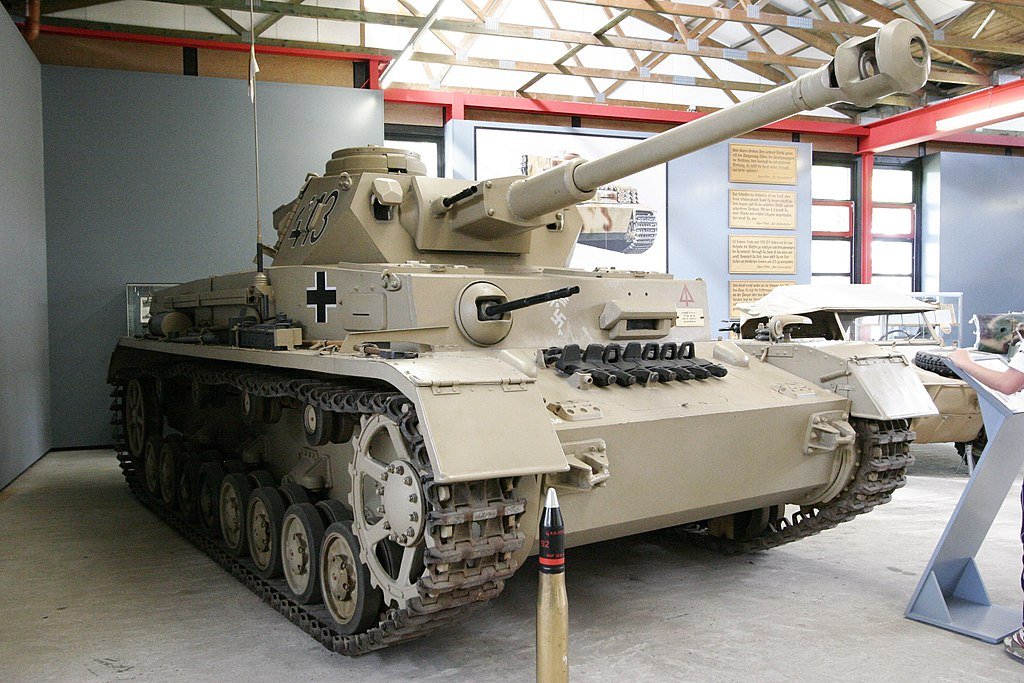
World War II
At the onset of World War II in 1939, Germany’s Panzer divisions showcased unparalleled effectiveness, reshaping warfare with their innovative tactics and formidable tank models. The invasion of Poland marked the debut of the Panzer divisions in combat, revealing their tactical prowess and the remarkable versatility of the Panzer III and Panzer IV tanks.
The Panzer III, initially conceived as the primary battle tank, boasted a balance of mobility, armor, and firepower. Its 37mm main gun provided effective anti-tank capabilities, enabling it to engage enemy armor and fortified positions. Complementing this was the Panzer IV, designed initially to support infantry and equipped with a short-barreled 75mm howitzer, serving in a close support and anti-infantry role.
Subsequent campaigns, notably the Blitzkrieg through France and other European nations, saw the evolution of Germany’s Panzer divisions. The introduction of more advanced tanks like the Panther and Tiger series underscored the relentless pursuit of superior firepower and armor. The Panther, armed with a long-barreled 75mm gun and well-sloped armor, and the Tiger tanks, with their powerful 88mm guns and heavy armor, became renowned for their dominance on the battlefield, instilling fear in Allied forces.
These Panzer models, with their combination of mobility, firepower, and armor, contributed significantly to the successes of Germany’s early campaigns in World War II, laying the foundation for the evolution of armored warfare.
Challenges and Variants
As World War II progressed, German Panzer units encountered formidable logistical challenges that significantly impacted their effectiveness on the battlefield. Germany, facing resource shortages and strained by the demands of a prolonged conflict, grappled with severe logistical constraints. Critical resources such as fuel, raw materials, and skilled labor became increasingly scarce, impeding the production and maintenance of their tanks.
Maintenance issues emerged as a persistent hurdle for the German Panzer divisions. Continuous engagements and the harsh conditions of warfare took a toll on the tanks, leading to increased breakdowns and mechanical failures. The lack of adequate spare parts and repair facilities further exacerbated these challenges, rendering many tanks inoperable.
Moreover, the advancing Allied forces presented another obstacle. The Allies’ technological advancements led to the development of tanks with superior firepower, better armor, and more reliable engineering. Tanks like the American Sherman and Soviet T-34, in particular, posed severe threats to the German Panzers, surpassing them in certain aspects such as mobility, firepower, and durability.
To counter these adversities, Germany initiated the introduction of various tank variants and upgrades. They developed tanks like the Panther and Tiger series, boasting enhanced armor and powerful guns intended to outmatch Allied counterparts. However, production difficulties stemming from Allied bombings, resource scarcity, and complex manufacturing processes limited the number of these advanced tanks deployed to the front lines, thereby restricting their overall impact on the outcome of the war.
End of the War
By the war’s culmination in 1945, Germany’s Panzer divisions, once formidable, encountered substantial setbacks that impeded their effectiveness. The advanced tanks, notably the Tiger and Panther, were renowned for their superior firepower and robust armor. However, these very qualities became a double-edged sword. While they struck fear into adversaries, their complexity and weight made them prone to mechanical breakdowns, often rendering them immobile on the battlefield.
Moreover, the proliferation of Allied forces and their increasingly sophisticated tank designs posed daunting challenges for the German Panzer divisions. The numerical superiority of the Allied tanks, coupled with their tactical innovations and more reliable engineering, overwhelmed the German forces in the later stages of the war. Germany’s dwindling resources, related to the devastating impact of constant aerial bombardments on industrial facilities, further hindered the production and maintenance of the Panzer divisions.
As the conflict intensified, the Panzer units faced shortages in trained crew members and spare parts, exacerbating their operational difficulties. These cumulative factors contributed to the decline and eventual collapse of Germany’s Panzer divisions, culminating in their defeat and the ultimate surrender of Nazi Germany in May 1945. Despite their initial prowess, the Panzer divisions succumbed to a combination of technical, logistical, and numerical disadvantages against the advancing Allied forces.
The legacy of Panzer tanks remains significant in the history of armored warfare. Their impact on military tactics, technological advancements, and strategic thinking has influenced the development of tanks and armored vehicles in the post-war era.
